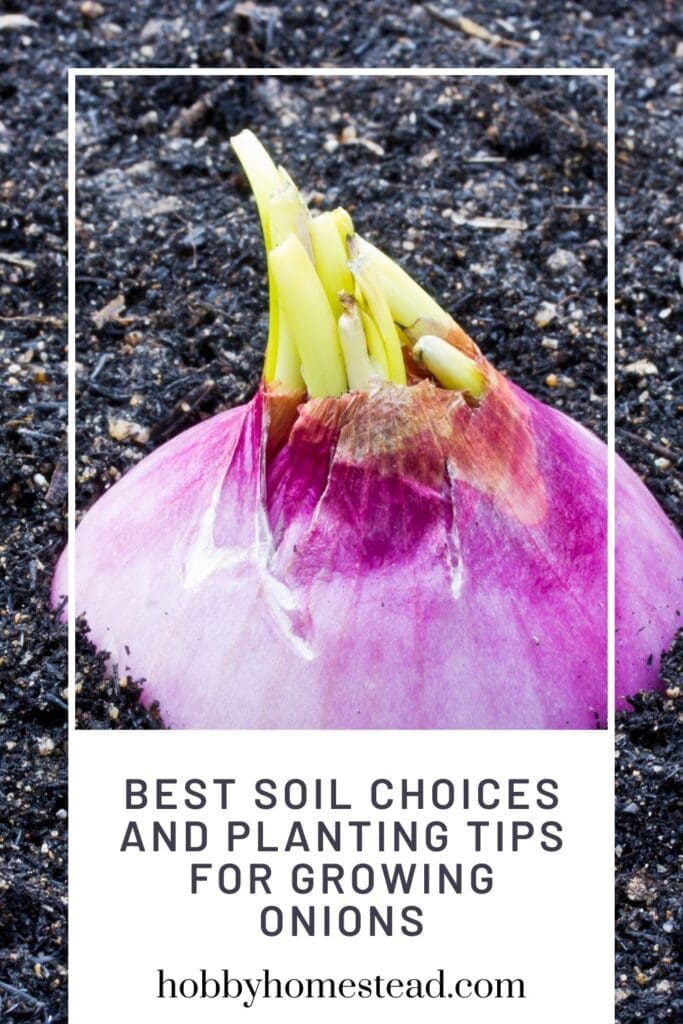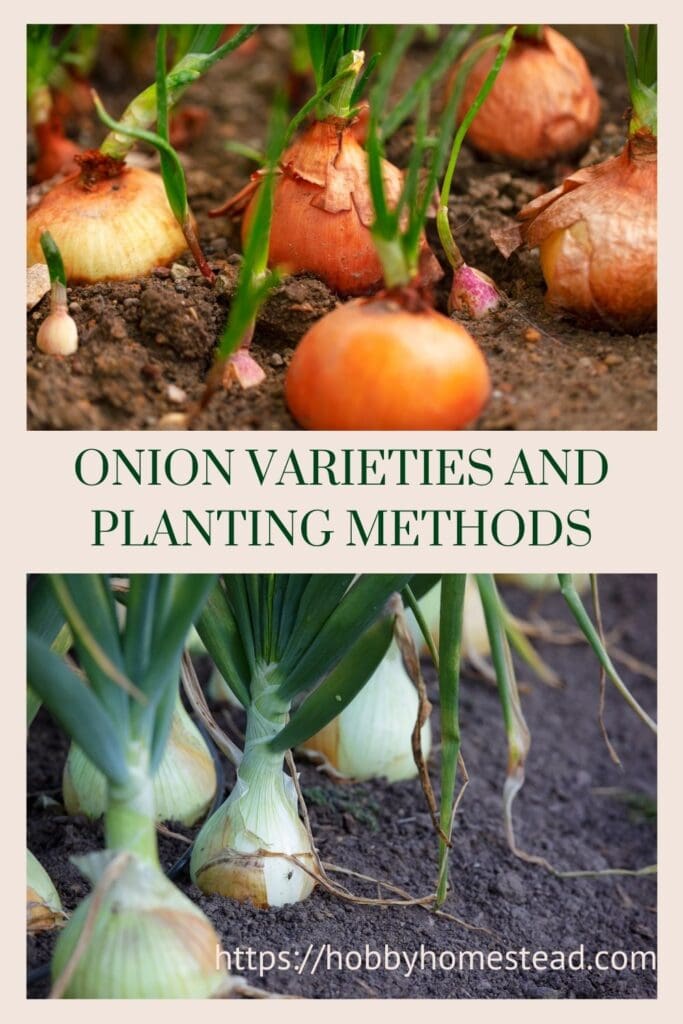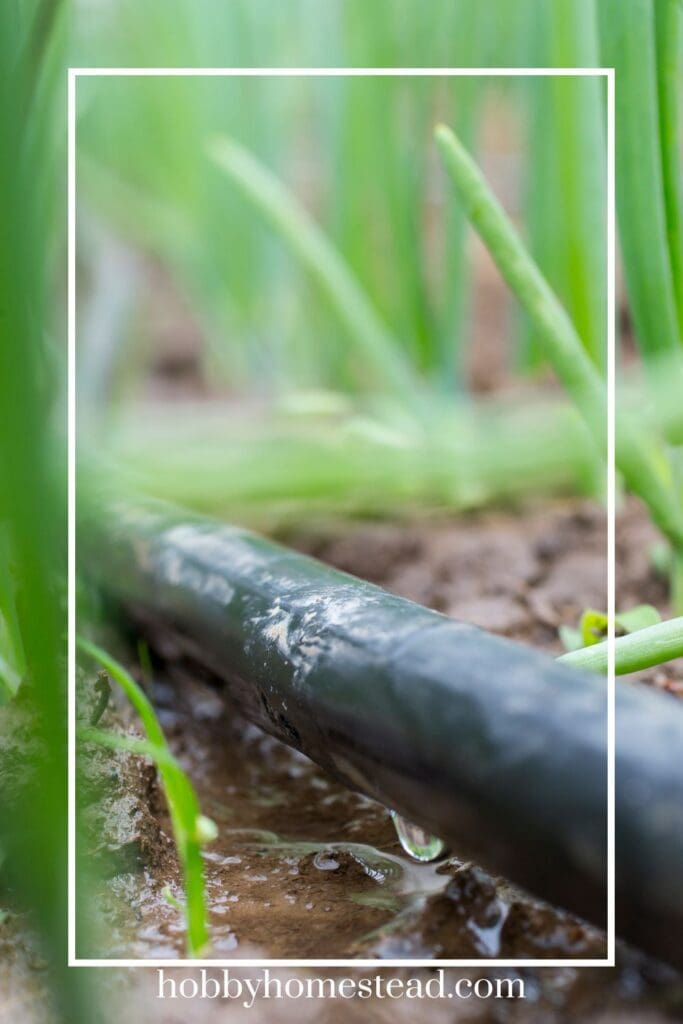Growing onions can be one of the most rewarding experiences for any home gardener. There’s something deeply satisfying about nurturing these versatile vegetables from tiny seeds or sets into robust bulbs that grace our kitchens with flavor.
The journey from planting to harvest offers invaluable lessons in patience, care, and the joy of cultivating your own food.
We Love Eating Onions
When I first began planting onions in my garden, I was drawn to their resilience and the variety of flavors they bring to dishes.
From the delicate green onions that add a fresh crunch to salads, to the sweet Walla Walla and pungent red onions that elevate our favorite recipes, each type has its own unique charm.
Over the years, I’ve learned that choosing the right soil is crucial for achieving the best growth. They thrive in full sun and well-drained soil enriched with organic matter, making them an ideal choice for any home garden.
They are a staple in most kitchens, known for their versatility and robust flavor. Whether you’re planting green onions, spring onions, or classic bulb onions, they can be one of the easiest and most rewarding crops for home gardeners.
However, growing onions requires a bit of planning, especially when it comes to choosing the right onion varieties and the best soil for bulb development. By selecting the right onion seeds or onion sets and preparing the soil with rich organic matter, you’ll set your crop up for success.
Today, we are sharing what we know about growing onions with you.

Top 5 Tips for Growing Onions
- Choose the Right Variety. Select short-day onions if you live in southern regions and long-day onions for northern climates. Day length is key to bulb size and bulb formation.
- Prep Your Soil. Ensure you have loose, well-drained soil with added organic matter for best growth. Consider using raised beds if your soil is too compact.
- Plant at the Right Time. For most regions, planting onions in early March to late April ensures they receive enough cool temperatures for healthy leaf growth and bulb development.
- Provide Consistent Watering. Onions require consistent moisture but should not be waterlogged. Use drip irrigation or water at ground level to maintain soil moisture.
- Space Your Plants. Use proper spacing, about 4 to 6 inches between plants and 12 to 18 inches between rows. It helps make sure there is enough room to grow into large bulbs.
Table of contents
Understanding Onion Varieties and Planting Methods
There are different types of onions you can grow in your garden, from sweet onions like Walla Walla, to red onions, and yellow onions.
Each type offers unique flavors and can be used for various recipes. They are also classified by their growing needs. For instance, long-day onions thrive in northern climates where daylight exceeds 14 hours. According to Johnny’s Selected Seeds. This onion is best grown mostly at northern latitudes (Zone 6 and colder). Usually planted in late winter to early spring, but some varieties are suitable for overwintering.
Intermediate-day onions grow best when they receive 12–14 hours of daylight. While they produce best in Zones 5 and 6, onions are quite adaptable and can successfully form bulbs in a wide range of growing zones. In most central latitudes, they are usually planted in the spring, whereas in northern regions, they are planted in early spring to make the most of cooler temperatures.
In areas with mild winters, fall planting is common. Onions grown under the right conditions tend to be very sweet, making them a popular choice for a variety of dishes.
Yet short-day varieties better suited to southern regions with fewer daylight hours. They begin bulb formation with 10–12 hours of daylight. These varieties thrive in mild winter climates, particularly in Zone 7 and warmer regions. Typically, they are planted in the fall and reach maturity by late spring, making them ideal for areas with milder temperatures throughout the winter months.
If you’re unsure of what type of onion will work best in your region, checking with your local garden center is the best choice.

How to Start an Onion?
When it comes to planting, you can start from onion seeds, onion sets, or onion transplants.
Onion seeds are the most difficult planting method, but they offer the greatest variety in onion types.
Onion sets, or small pre-grown bulbs, are easier to work with and yield larger bulbs.
For beginner gardeners, onion sets are a great way to get started without worrying too much about early stages of growth.
Preparing the Best Soil for Growing Onions
One of the most important factors for growing healthy onions is the soil. Onions thrive in well-drained soil that is rich in organic material. Adding compost or peat moss to your soil can help improve fertility, especially if you have sandy soils or heavy soils that are harder to work with.
It’s crucial that the soil allows for good drainage, as onions do not like sitting in waterlogged ground. To help with proper bulb formation, plant onions in a sunny spot where they’ll receive full sun. At least 6 to 8 hours of direct sunlight each day.
For the best results, aim for a soil pH between 6.0 and 7.0, which is ideal for allium cepa (the botanical name for onions). The soil should be loose and deep enough for roots to grow. Plan for 6 to 8 inches of soil for larger bulbs. If you’re planting in raised beds, ensure there’s enough depth to accommodate young onions and bulb development.
Should you mulch onions?
Yes, you should mulch onions, but there are a few considerations. Mulching can be beneficial for onions by helping to maintain consistent soil moisture, suppressing weeds, and keeping the soil temperature stable. A light layer of mulch, such as straw, grass clippings, or shredded leaves, can be helpful, especially in areas with fluctuating temperatures or dry conditions.
However, avoid using thick mulch around onions, as they prefer well-drained soil and need good air circulation around the base of the onion plants.
A heavy mulch layer can trap too much moisture, leading to rot or fungal diseases. Keep the mulch light and ensure that it’s placed loosely around the plants for the best results.
Planting and Care Throughout the Growing Season
The best time to plant onions is in early spring—typically late March to early April—depending on your climate. Onions can withstand light frosts, so don’t worry too much about planting them a little early.
For optimal results, you’ll want to space your individual plants about 4 to 6 inches apart in rows, leaving about 12 to 18 inches of soil between each foot of row. This spacing allows for enough room for bigger bulbs to form, especially when using larger sets.
Onions are heavy feeders, meaning they need consistent nutrition throughout their full season of growth. Regularly apply a nitrogen fertilizer or a purpose garden fertilizer to promote healthy leaf growth.
However, avoid overwatering; using drip irrigation is a great way to keep soil moisture consistent without waterlogging the base of the onion plants. Maintaining a dry location for onions is crucial to prevent fungal diseases that thrive in wet conditions.

Harvesting and Storing Onions
Onions are ready to harvest when the tops begin to fall over and dry out. This usually happens in late spring or early summer, depending on your planting time and the onion variety.
After harvesting, cure onions in a dry area with plenty of air circulation for about two weeks before storing them. Curing helps harden the skins. This helps them stay fresh for months in a cool, dry location.
You can grow flavorful, healthy onions in your garden, whether you’re harvesting them as bunching onions or letting them mature into sweet onions. With the right soil preparation, variety selection, and care, your onion garden will thrive, providing you with a bountiful crop to enjoy in your home-cooked meals all year long.
References
Johnny’s Selected Seeds. Map & Key Features of Short-, Intermediate- & Long-Day Onions.
University of Minnesota Extension. Growing onions in home gardens.


